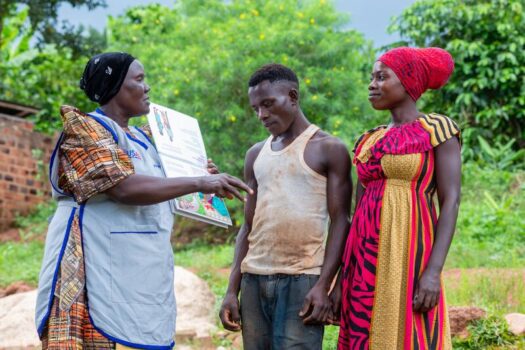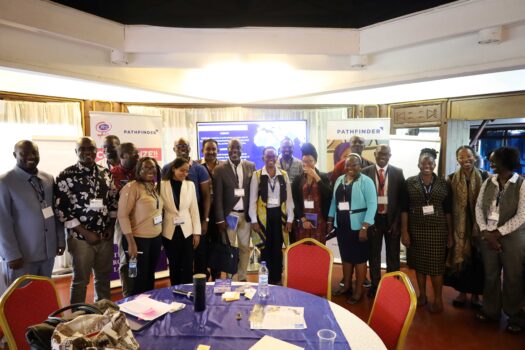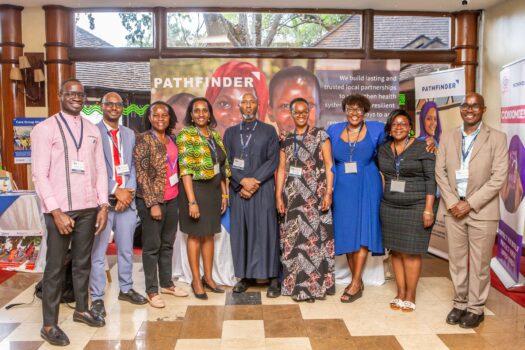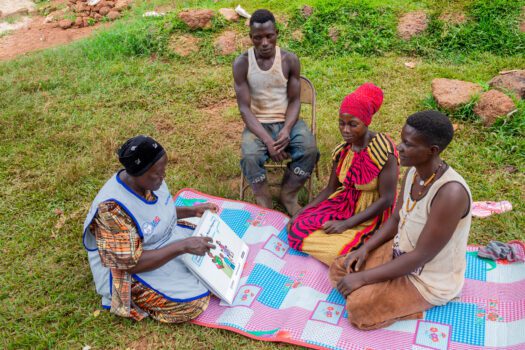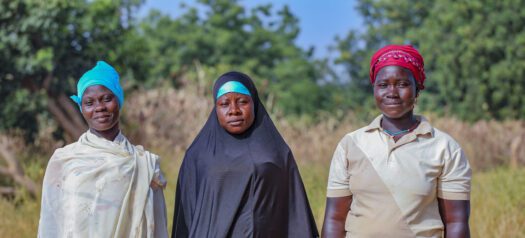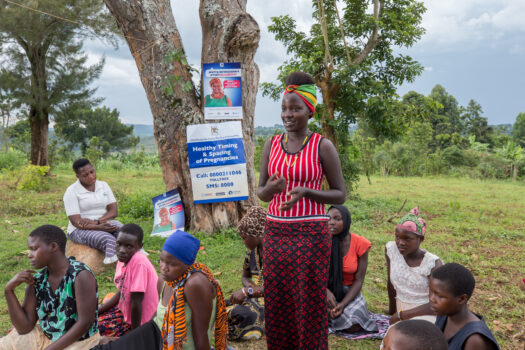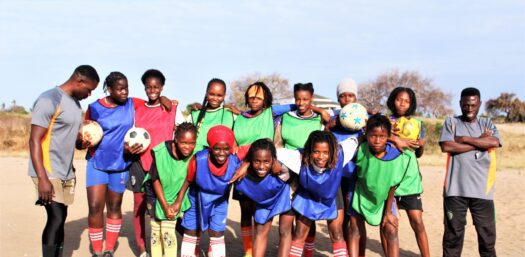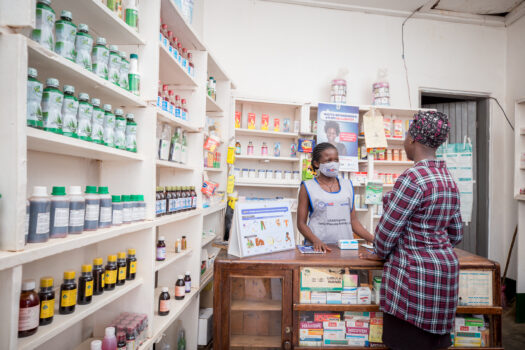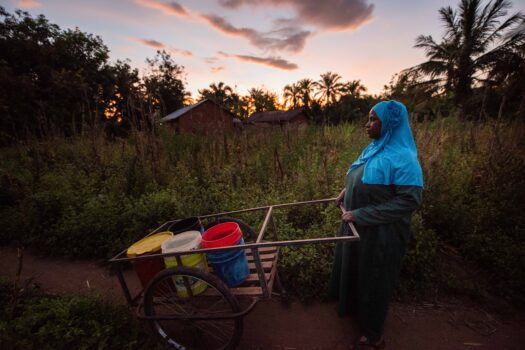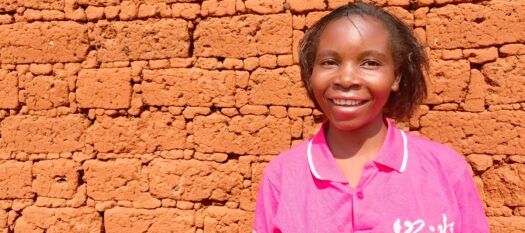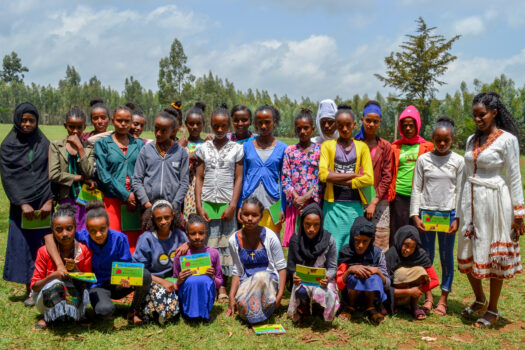HIV is treatable and preventable, and people living with HIV can live fulfilling lives.
Yet millions of lives are at risk.
In 2021, one person died of AIDS every minute1.
According to The Joint United Nations Programme on HIV/AIDS (UNAIDS) Global AIDS Report for 2022, In Danger, during the past two years, access to treatment waned, essential HIV prevention programs were interrupted, stigma and discrimination worsened, and funding for HIV in low- and middle-income countries dwindled. These setbacks are largely attributed to the COVID-19 pandemic and global conflicts (like the Ukraine war) that have disrupted life-saving prevention and treatment services. Progress to end AIDS by 2030 is faltering worldwide.
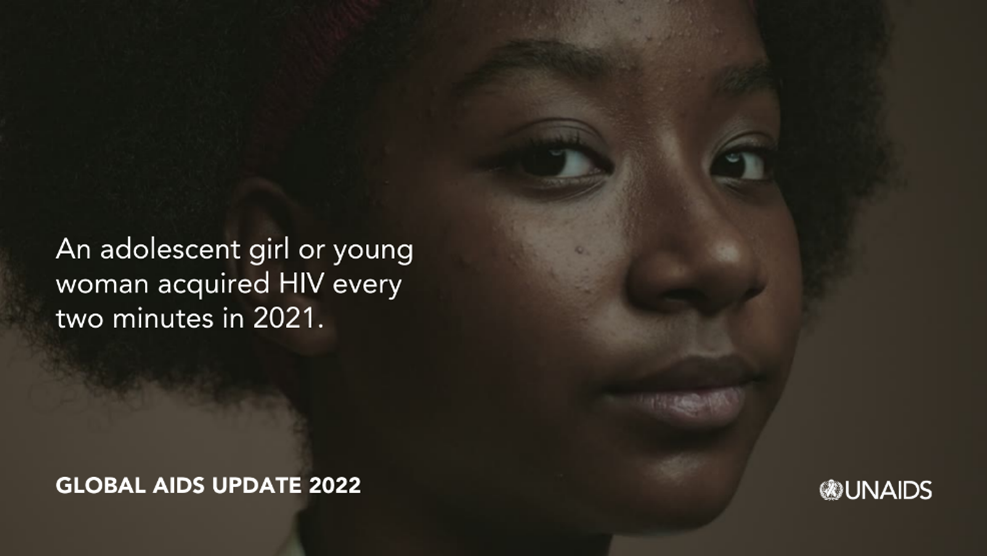
At Pathfinder, we stand with UNAIDS in calling for urgent action.
The UNAIDs estimates that new HIV infections fell by only 3.6 percent between 2020 and 2021, the smallest annual reduction since 2016. Over the last decade, a rise in annual HIV infections occurred in Eastern Europe, Central Asia, Latin America, the Middle East, and North Africa. Meanwhile, new HIV cases in sub-Saharan Africa have declined. While this may seem like progress, geographical, social, and gender disparities are slowing down gains. For example, women, girls, and key populations2 are at high risk of infection and face barriers to accessing much-needed care and support. UNAIDS data3 tells us:
- In sub-Saharan Africa, women and girls accounted for 63% of all new HIV infections in 2021.
- Young women and girls are twice as likely to be living with HIV than young men in sub-Saharan Africa.
- In 2021, key populations accounted for 94% of new infections outside of sub-Saharan Africa; meanwhile, 51% of new infections were in sub-Saharan Africa.
Eliminate Inequalities to end AIDS
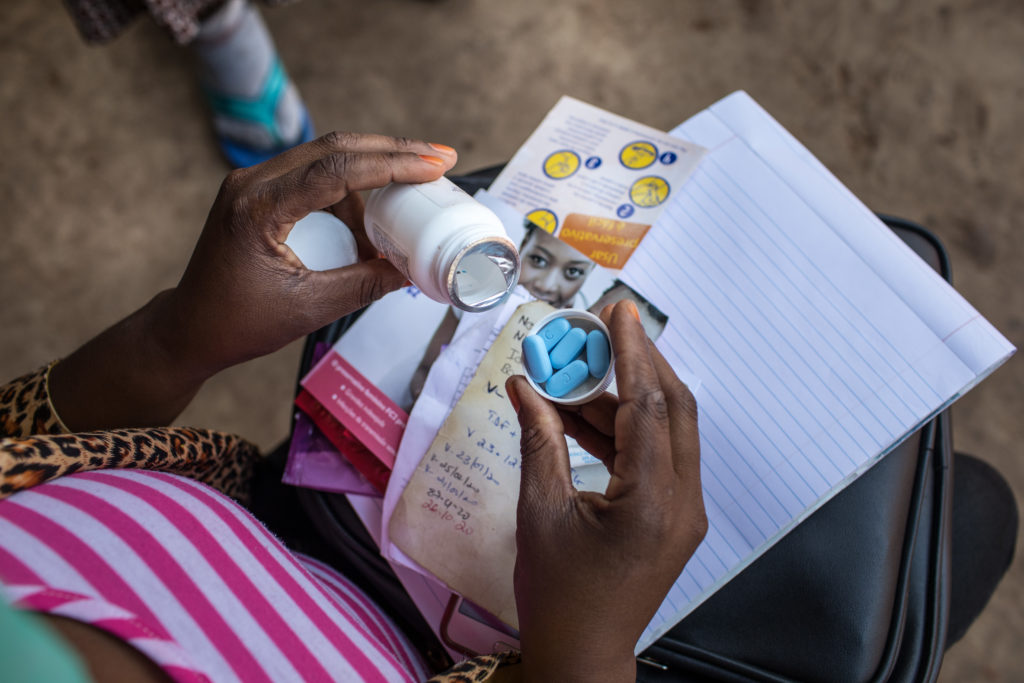
To regain momentum, we need to eliminate inequalities that enable the spread of HIV. Women and young girls need to be able to make their own decisions about their health and bodies—this is a basic human right. The global HIV response must ensure that everyone can access HIV testing, prevention, care, and treatment. Here’s how we can stop HIV together:
- Implement UNAIDS Global AIDS Strategy 2021- 2026. It provides a clear, evidence-based blueprint for tackling inequalities and getting the AIDS response on track.
- Scale-up access to pre-exposure prophylaxis (PrEP), alongside new technologies such as long-acting injectable PrEP and the dual ring to strengthen prevention efforts.
- Address punitive and discriminatory laws and policies that are undermining the AIDS response.
- Promote community-led responses—a proven game changer in reducing inequalities and supporting effective and resilient HIV
- Ensure sufficient and sustainable financing and investments.
- Adopt the 2021 Political Declaration on HIV and AIDS that commits heads of state and governments to a new set of ambitious and achievable targets by 2025.
How Pathfinder is Responding
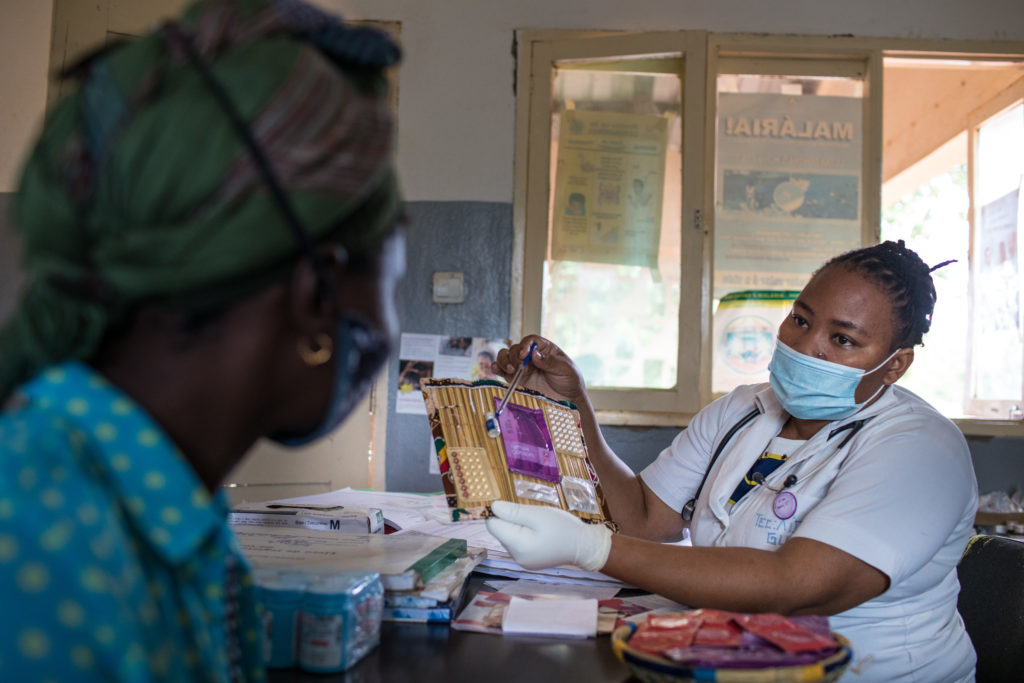
Pathfinder envisions a healthy world that is free from stigma, discrimination, and HIV and AIDS. The call for action to revive the global AIDS response is not something we take lightly.
For over 25 years, Pathfinder has actively contributed to the global HIV pandemic response. Our HIV prevention, care, and treatment work has spanned 10 countries. Pathfinder’s strategy integrates HIV prevention, care, and treatment into primary healthcare systems to create a holistic and stigma-free services that meets the patient’s need in one single visit—improving retention in care and patient outcomes.
Strengthening primary HIV prevention for key and priority populations has always been our focus. We put the people we serve— women and girls, young people, and key populations—at the heart of our HIV programs. The Reinforcement of Adherence & Retention of Patients in Antiretroviral Therapy & Screening for TB (RARE) project is an example of this work. RARE, which is funded by The Global Fund to Fight Aids, Tuberculosis and Malaria, partners with the Center for Collaboration in Health to strengthen the national HIV and TB response in Mozambique through community-based interventions.
At Pathfinder, we believe the key to scaling progress is through partnerships. Partnering is paramount to end the HIV epidemic. Our lasting relationships with governments, implementing partners, key stakeholders, and local communities will help build a resilient, responsive, and integrated HIV response.
Pathfinder joins the global community and all stakeholders in calling for a renewed focus on the HIV epidemic response, using tested and proven strategies, to ensure that all vulnerable and priority populations have access to equitable and quality prevention, care, and treatment. Together, we can reverse the trends and accelerate the response! Learn more about our HIV & AIDS work >>
Sources:
1 UNAIDS
2 According to UNAIDS, key populations include sex workers and their clients, gay men and other men who have sex with men, people who inject drugs, and transgender people.
3 Global HIV & AIDS Statistics Factsheet
